A conductive shield known as electromagnetic shielding completely covers a gadget in order to protect it from outside interference. Alternately, the gadget can prevent emissions from interacting with other gadgets in the same area. It is an insulating method since it lessens or stops the energy transfer. In this scenario, electromagnetic energy acts as a barrier between a large output device and the surroundings or as a shield against electromagnetic fields to safeguard a sensitive equipment. The purpose of shielding is to eliminate this performance hazard. Read More…
Sealing Devices is a leading North American distributor and fabricator of EMI shielding products, including conductive elastomers, Soft-Shield® low closure force gasketing, windows, conductive adhesives, formed-in-place parts, vents and elastomers.

We are one of the first in EMI technologies! Our roots trace back as early as the 1930s. We work hard to bring you the latest and greatest in EMI technologies and distribution. ADIT Electron Tubes manufactures low-level light detection systems and devices. Our photomultipliers are apart of a major international industry that we are a supplier of. Call us today for more information about our EMI...

FMS has been eliminating electromagnetic interference (EMI) and radio frequency interference (RFI) issues in commercial & industrial buildings, medical facilities, and research laboratories for over 25 years. Using the latest technology, backed by independent research and development, FMS delivers customized, innovative mitigation solutions for the most complex interference problems worldwide.

More Electromagnetic Shielding Companies
Radiation from EMI and RFI can be blocked using electromagnetic shielding. Shielding can be as thick as a real sheet of metal or as thin as a straightforward paint application. Manufacturers of EMI shielding employ a range of techniques to prevent radiation from harming people and delicate machinery.

How Magnetic Shielding Operates
Electronic equipment is shielded from ambient electromagnetic disturbance by electromagnetic shielding. The magnetic field produced by electrical currents is known as electromagnetic interference, or EMI. Radio frequency interference (RFI) is electromagnetic noise that is transmitted and moves through the air as radio waves, whereas electromagnetic interference (EMI) can move along cables, electrical circuits, and conductors. Despite the fact that EMI normally operates at lower frequencies than RFI, both EMI and RFI have similar effects.
Radio Frequency Interference and Electromagnetic Interference
When undesirable electromagnetic waves or impulses interfere with an electrical device's ability to work properly, it is known as electromagnetic interference (EMI). It is frequently given the term noise or EMI noise. Most frequency of electromagnetic radiation can generate interference. When the EMI waves associated are in the RF region of the electromagnetic spectrum, radiofrequency interference (RFI) occurs. Radio waves have frequencies that vary. Although the acronyms EMI and RFI are frequently used interchangeably, the former is more common. In the RF portion of the spectrum, RFI is a type of EMI.

Types of Electromagnetic Shielding
To protect delicate electronic equipment, magnetic shielding is utilized in the form of EMI coating, EMI enclosures, EMI gaskets and EMI filters. All that conducts electric power, such as electrical lines, electronic devices, computers, and other electronic devices, produces EMI and RFI. RFI is emitted by signal-bearing electronics like mobile phones.
When moderate to high quantities of EMI or RFI are injected, regular electrical currents are interrupted. Unchanneled radio frequency waves and electromagnetic signals can act as "noise," magnetically changing electrical currents and obstructing the flow of electricity. Medical equipment, laptops, cell phones, stereo equipment, TV sets, windows, vents, textiles, foils, and even buildings all have electromagnetic protection and EMI filters.

Sources of EMI
Narrowband RFI
Narrowband RFI is defined as RFI that emits only a particular frequency or a small range of frequencies. It may be produced by a particular oscillation or as a response to erroneous signals brought on by various transmitter distortions. Electronic devices are not significantly harmed by narrowband RFI, although it must be kept at acceptable levels. Devices like cell phones and Wi-Fi routers can generate this RFI.
Broadband RFI
The electromagnetic spectrum contains a wide variety of frequencies where broadband RFI can occur. There isn't a single, discrete signal where the interference manifests itself. A natural or artificial source might be the cause of several types of broadband RFI. The sun, which obstructs useful signals from satellites from communication equipment, is a naturally occurring cause of this interference. Arc welding, broken electrical lines, and bad motor and generator brushes, among other things, can also result in this interference.
Continuous Radiofrequency Interference
The term "continuous radiofrequency interference" describes the RFIs that a source constantly emits by radiation or conduction. In contrast, impulse radiofrequency interference happens suddenly or for a very brief period of time. Impulse RFI frequently upsets the current and voltage balance of linked neighboring devices due to switches and illumination. Both types can be produced by natural or artificial sources.
Natural Sources
Astronomical events like thunderstorms, solar flares, lightning strikes, cosmic noise, sandstorms, and snowstorms cause RFI to occur naturally.
Artificial Sources
Electromagnetic radiation, which can impact nearby equipment and gadgets, is emitted by electronic and electrical devices. Intentional or unintentional sources make up the second division of artificial RFI:
- Unintended Sources: As a result of switching enormous electrical currents, equipment including generators and electric motors lighting, rectifiers, inverters, antennas, and transmission lines interfere with other neighboring devices. Electromagnetic radiation is only accidentally released, though.
- Intentional Sources: Devices made specifically to emit electromagnetic radiation are intentional RFI emitters. These sources include radio transmitters, jamming equipment, and radars.
Mobile phones, computers, Bluetooth speakers and mice, Wi-Fi routers, and remotes are just a few examples of electronic equipment that use wireless signals and are common sources of RFI. The frequency rises as the speed of these gadgets rises and as more EMI radiation is released into the environment. These gadgets' electromagnetic radiation leaks would interfere with signals.
Choosing the Right Electromagnetic Shielding Company
For the most constructive outcome when selecting electromagnetic shielding from an electromagnetic shielding company, it is important to compare several businesses using our directory of electromagnetic shielding companies. Each electromagnetic shielding company has a business profile page illustrating their areas of experience and capabilities, and a contact form to directly communicate with them for more information or request a quote. Review each electromagnetic shielding business website to learn what each company specializes in. Then use our simple RFQ form to contact multiple electromagnetic shielding businesses with the same form.




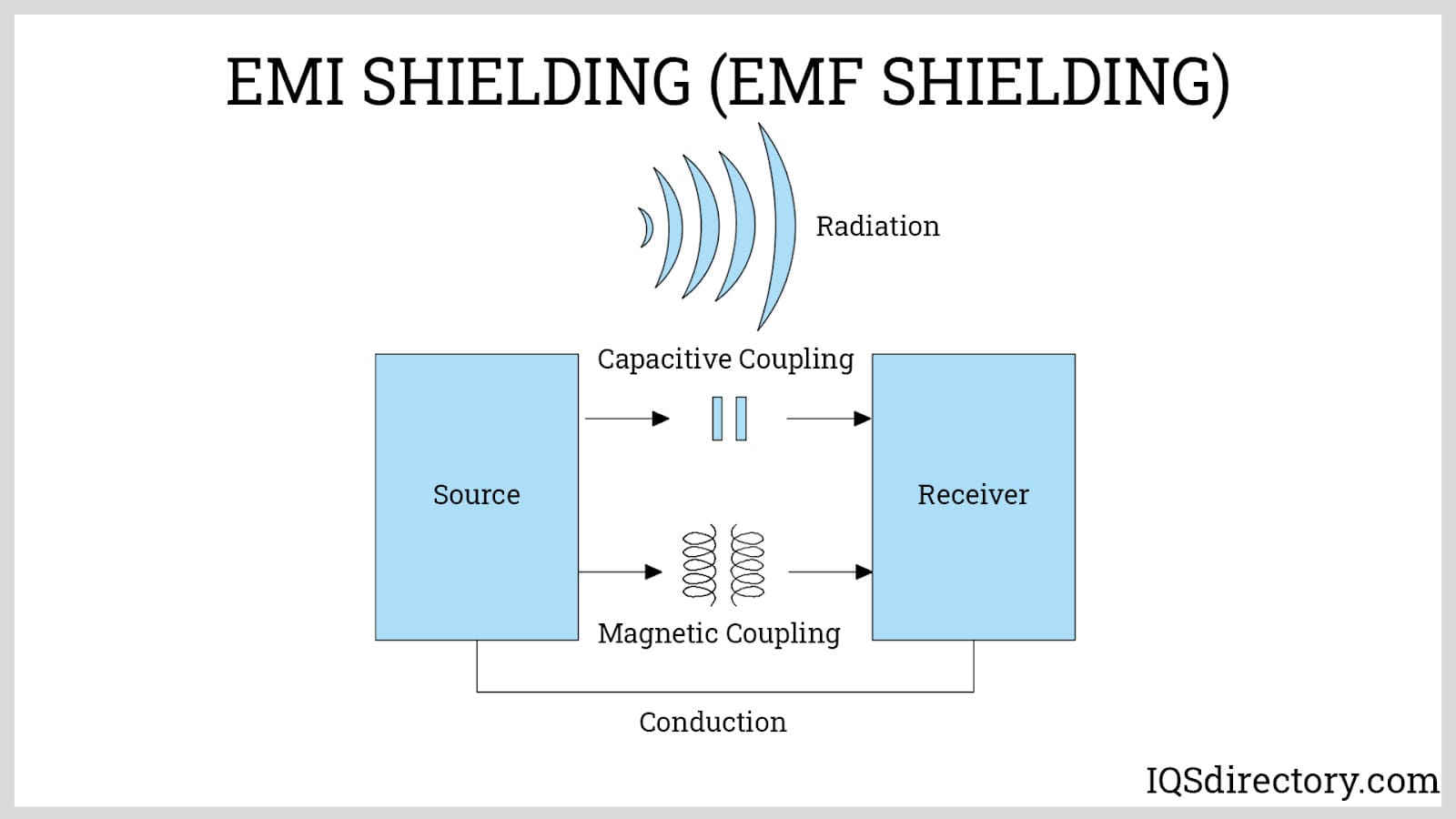
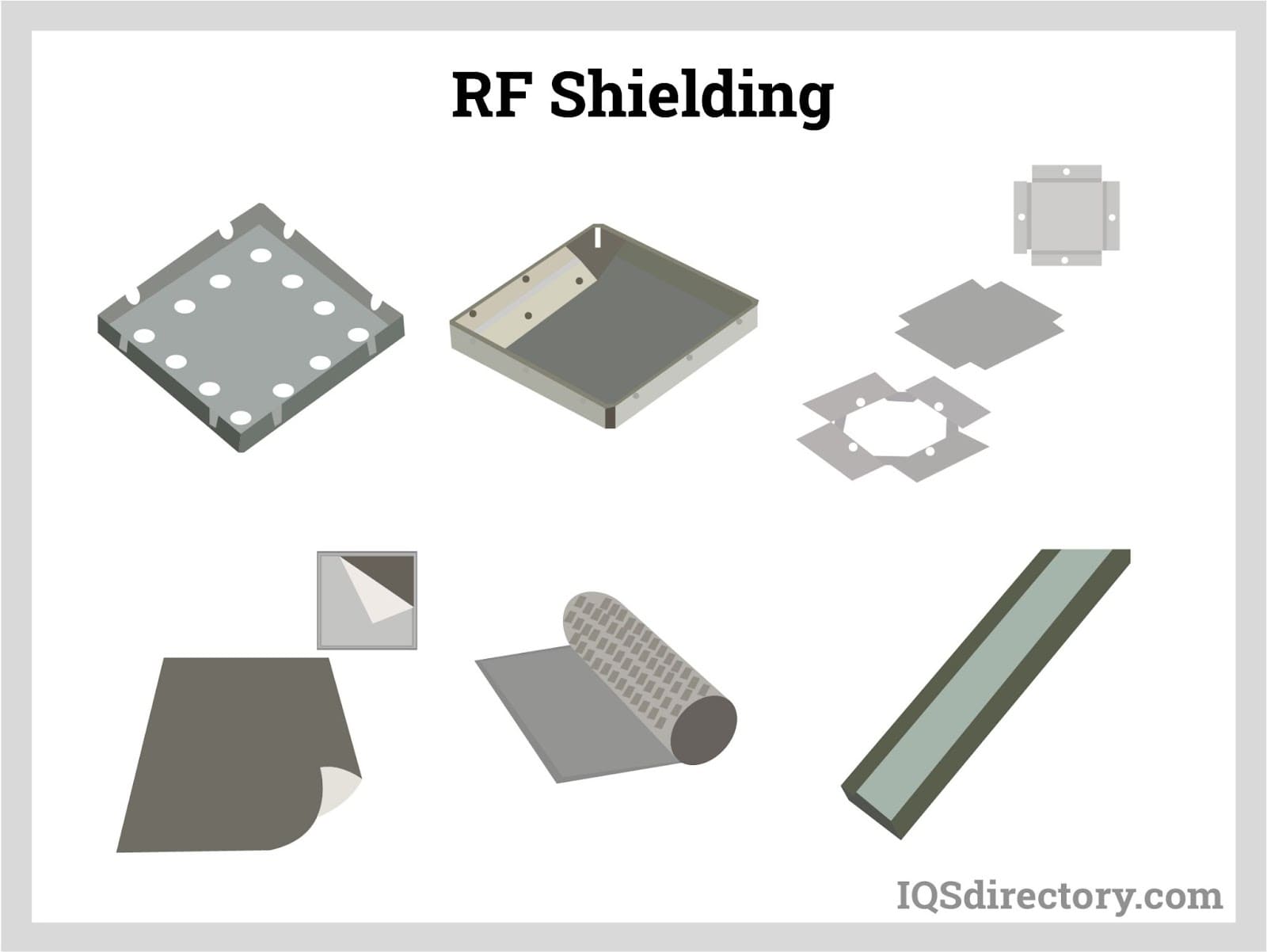


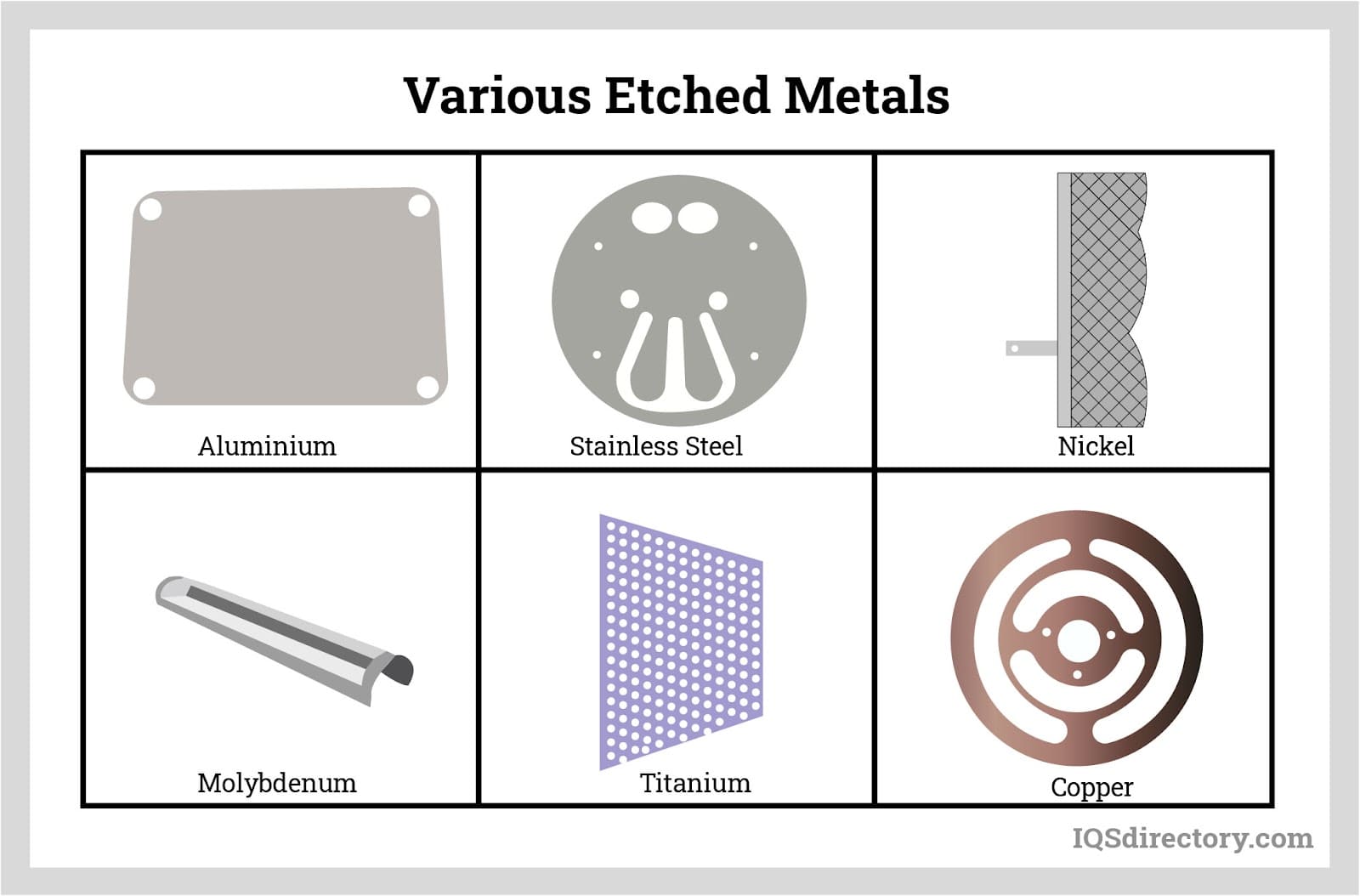
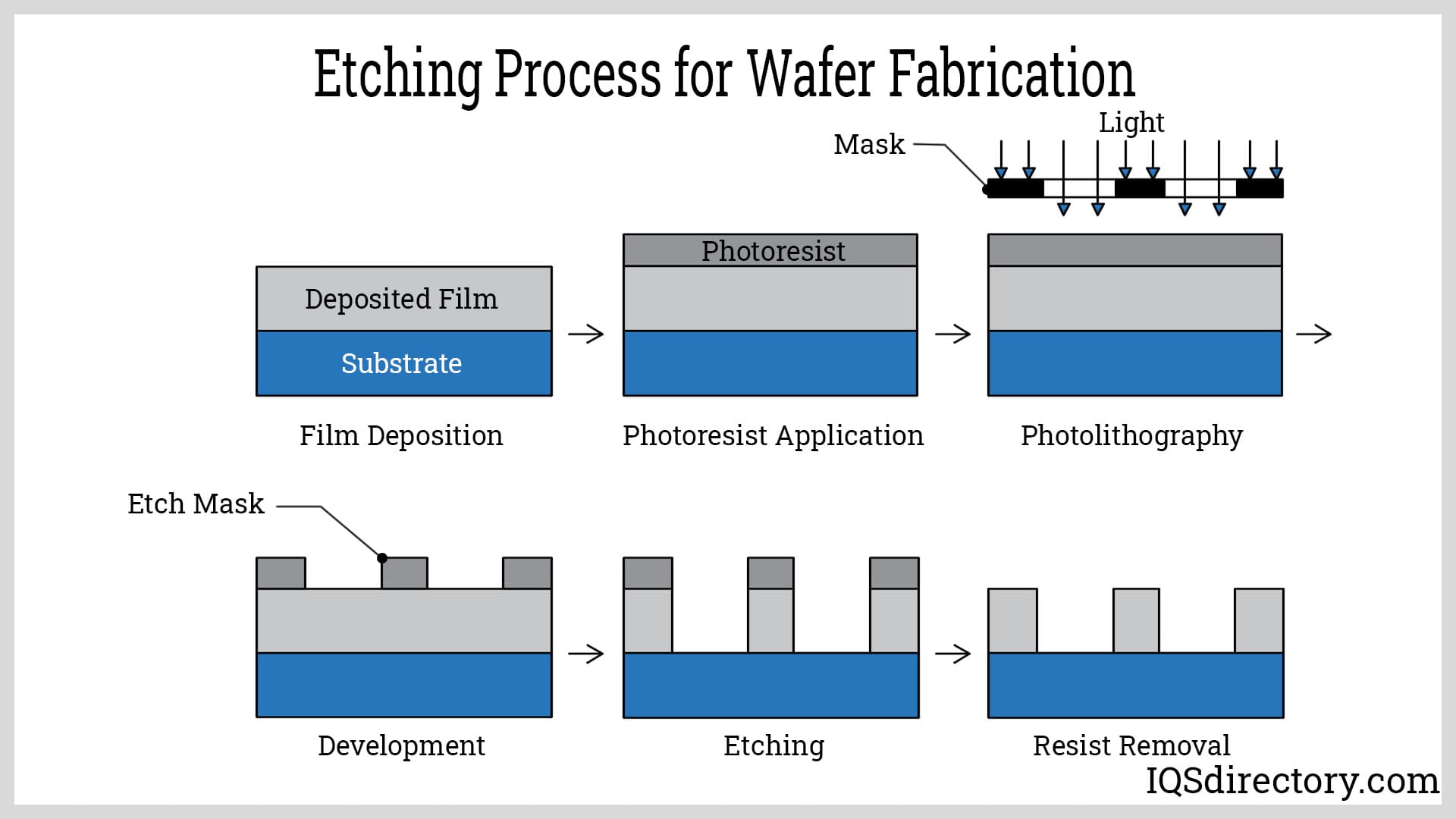
 Electric Coils
Electric Coils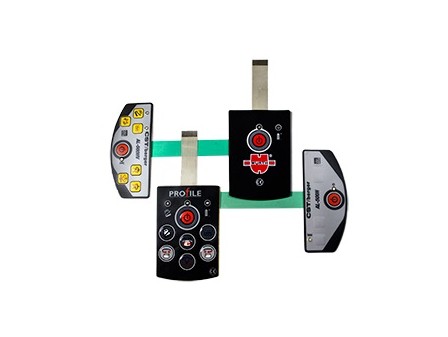 Electric Switches
Electric Switches Electric Transformers
Electric Transformers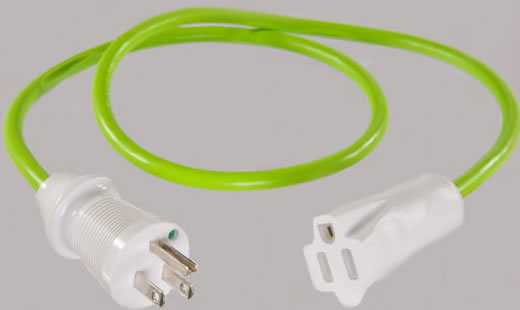 Electronic Connectors
Electronic Connectors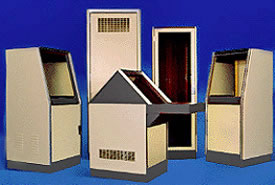 Electronic Enclosures
Electronic Enclosures EMI Shielding
EMI Shielding Membrane Switches
Membrane Switches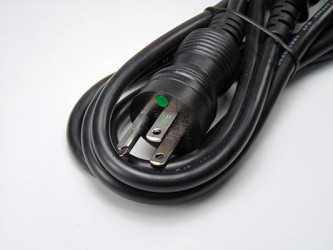 Power Cords
Power Cords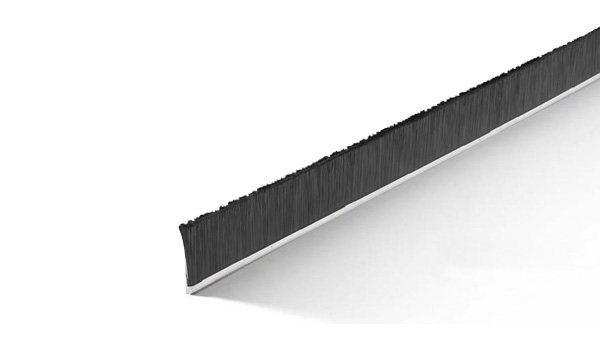 Static Eliminators
Static Eliminators Castings & Forgings
Castings & Forgings Bulk Material Handling
Bulk Material Handling Electrical & Electronic Components
Electrical & Electronic Components Flow Instrumentation
Flow Instrumentation Hardware
Hardware Material Handling Equipment
Material Handling Equipment Metal Cutting Services
Metal Cutting Services Metal Forming Services
Metal Forming Services Metal Suppliers
Metal Suppliers Motion Control Products
Motion Control Products Plant & Facility Equipment
Plant & Facility Equipment Plant & Facility Supplies
Plant & Facility Supplies Plastic Molding Processes
Plastic Molding Processes Pumps & Valves
Pumps & Valves Recycling Equipment
Recycling Equipment Rubber Products & Services
Rubber Products & Services